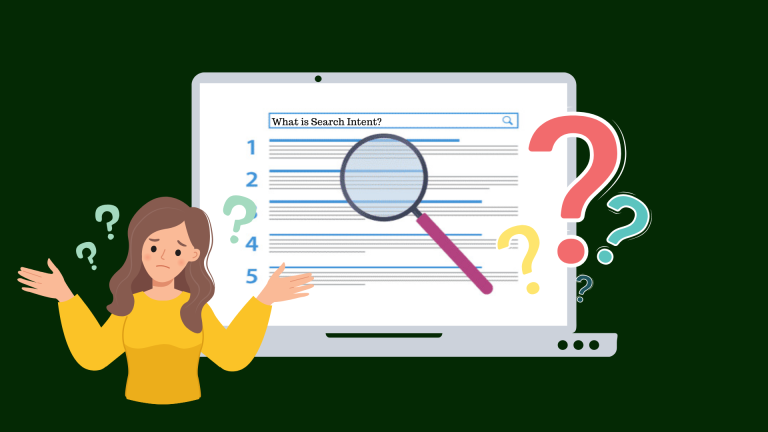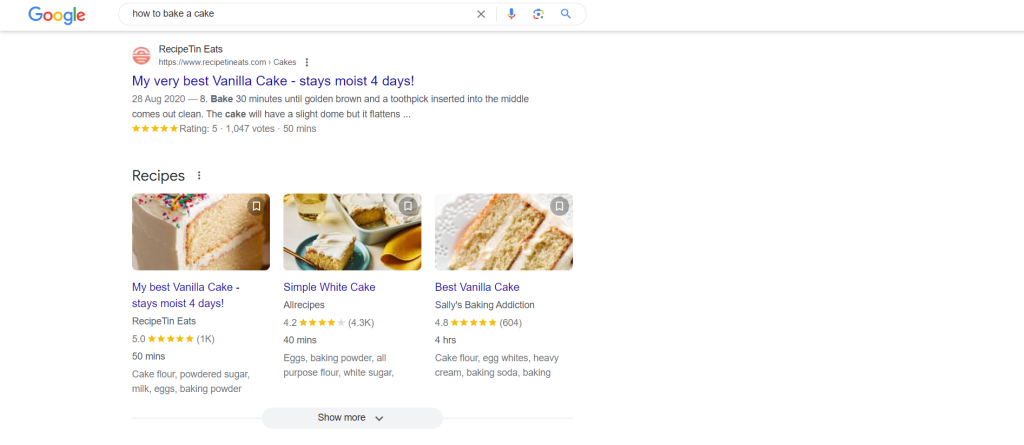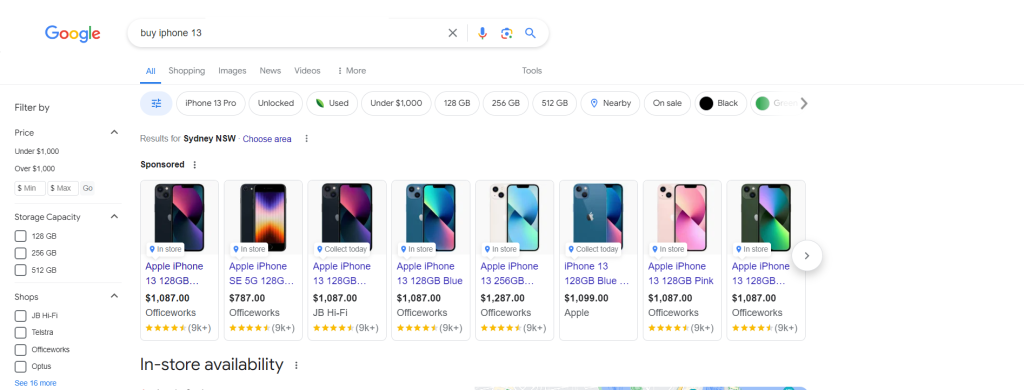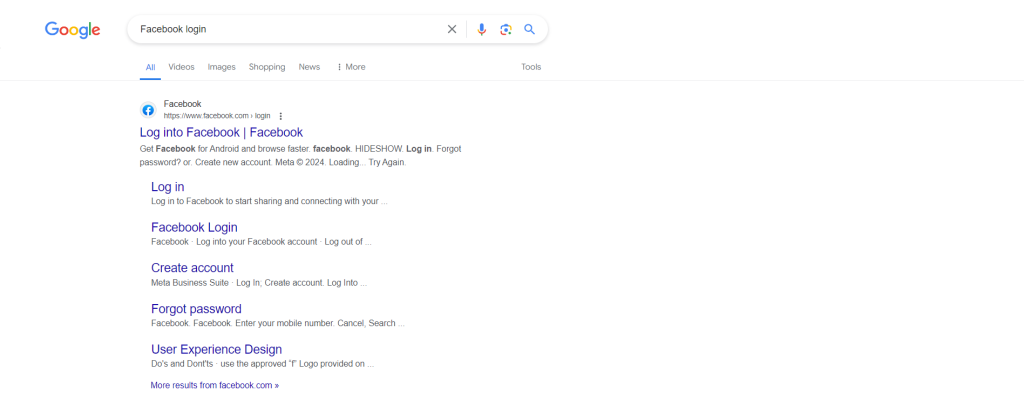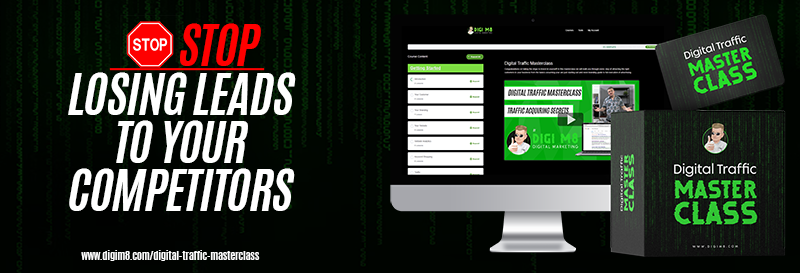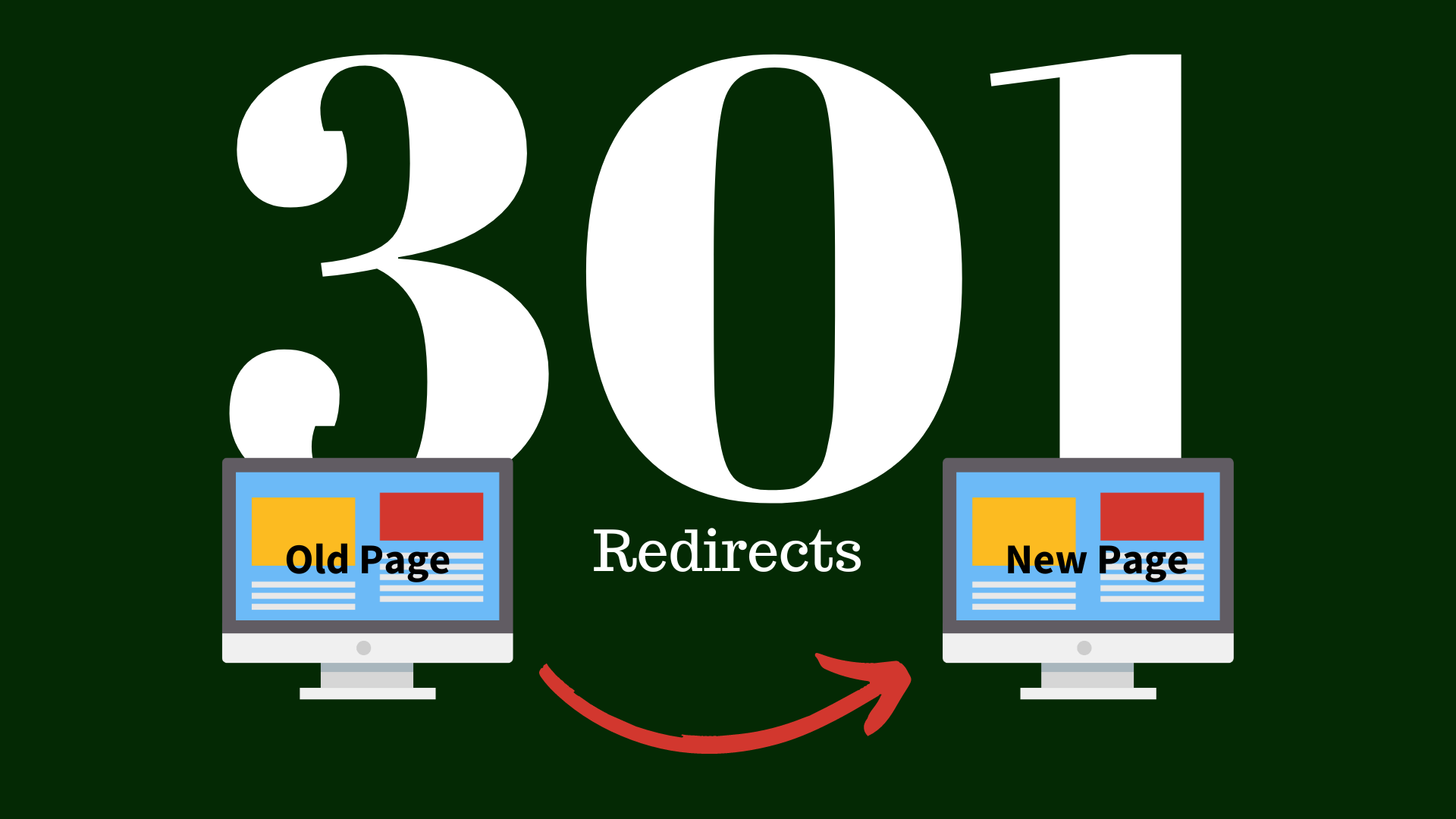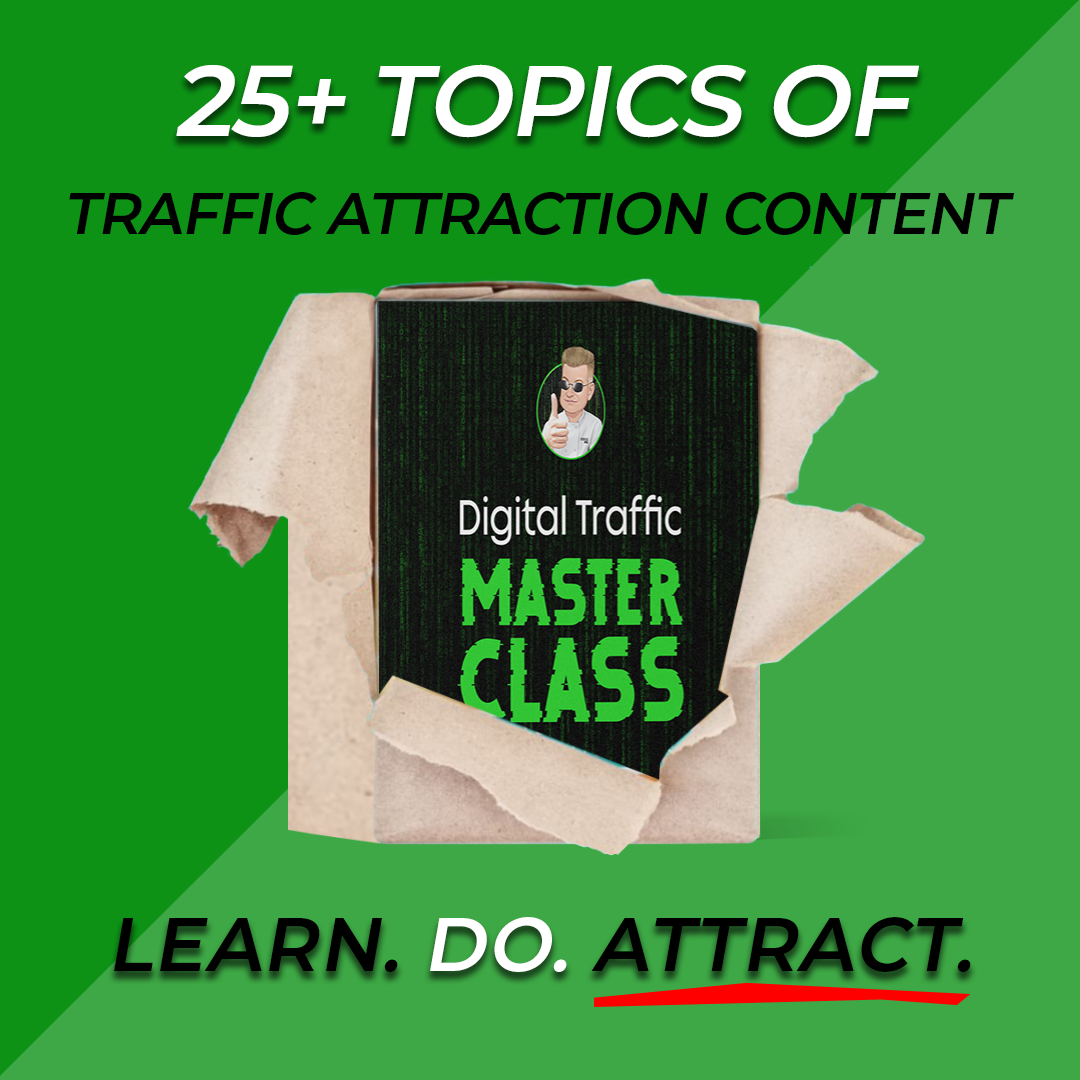Search intent, the reason behind a user’s query, has revolutionized how we approach SEO. It’s no longer enough to just rank for keywords; understanding why users search for certain terms is crucial for creating content that meets their needs.
Search intent has fundamentally transformed the landscape of SEO over the past few years. Gone are the days when merely sprinkling keywords throughout your content was enough to rank high in search engine results. Today, search engines like Google have become incredibly sophisticated, focusing on understanding the intent behind a user’s query to provide the most relevant results. As an SEO expert, I’ve seen firsthand how aligning content with search intent can drastically improve engagement, reduce bounce rates, and boost conversion rates. In this guide, we’ll explore the nuances of search intent and offer practical advice on how to tailor your content to meet the specific needs of your audience.
What Is Search Intent?
Search intent (also known as user intent or query intent) refers to the underlying reason behind a user’s search query. It’s about understanding what users are looking for when they type a query into a search engine. This concept is critical because search engines aim to deliver results that best match the user’s intent, not just the keywords used. Understanding search intent allows marketers to create content that directly addresses the needs and desires of their audience, thereby improving the likelihood of engagement and conversions.
Why Is Search Intent Important For SEO?
Search intent is a cornerstone of modern SEO because it directly impacts how search engines rank content. When you create content that aligns with the user’s intent, search engines recognize that your page is providing valuable information that meets the user’s needs. This alignment can lead to higher rankings, more relevant traffic, and improved user satisfaction. Failing to match content with search intent can result in high bounce rates, low engagement, and poor SEO performance. By focusing on search intent, you ensure that your content strategy is not only about ranking but also about delivering genuine value to your audience.
What Are The 4 Different Types Of Search Intent?
Understanding the different types of search intent is crucial for creating content that meets the diverse needs of users. There are four main types of search intent:
Informational
Users with informational intent are looking for information or answers to specific questions. They might be researching a topic, looking for how-to guides, or seeking facts and data. For example, a search for “how to bake a cake” indicates informational search intent.
Optimizing for Informational Intent:
- Create comprehensive, detailed content that thoroughly answers questions.
- Use headings and subheadings to organize information clearly.
- Include multimedia elements like images, videos, and infographics to enhance understanding.
Commercial
Commercial intent indicates that the user is researching products or services but has not yet decided to make a purchase. They might be comparing options or looking for reviews and recommendations. A query like “best laptops for students” reflects commercial intent.
Optimizing for Commercial Intent:
- Produce comparison guides, product reviews, and buyer’s guides.
- Highlight unique selling points and benefits of the products or services.
- Include user reviews, testimonials, and case studies to build trust.
Transactional
Users with transactional intent are ready to make a purchase or complete a specific action. This includes queries like “buy iPhone 13” or “subscribe to Netflix.”
Optimizing for Transactional Intent:
- Ensure your call-to-action (CTA) is clear and compelling.
- Simplify the purchasing process with easy-to-use checkout forms.
- Offer discounts, promotions, and guarantees to encourage conversions.
Navigational
Navigational intent occurs when users are looking to visit a specific website or page. For example, a search for “Facebook login” shows navigational intent.
Optimizing for Navigational Intent:
- Ensure your website is easily accessible and your key pages are indexed.
- Use branded keywords and optimize your meta tags for better visibility.
- Make navigation on your site intuitive and user-friendly.
Non-Categorized
Sometimes, user intent doesn’t fit neatly into the above categories. These searches might be ambiguous or multi-intent queries where users have multiple goals.
Optimizing for Non-Categorized Intent:
- Analyze search queries closely to understand the possible intents.
- Provide diverse types of content that cater to multiple potential needs.
- Use rich snippets and schema markup to give search engines more context about your content.
How To Optimise Content For Google SEO?
Optimizing content for SEO requires a strategic approach that aligns with search intent. Here are some practical steps to ensure your content is SEO-friendly and intent-focused:
- Keyword Research: Start with thorough keyword research to understand what your audience is searching for. Use tools like Google Keyword Planner, Ahrefs, or SEMrush to identify relevant keywords and phrases.
- Content Creation: Create high-quality content that addresses the specific needs of your audience. Focus on providing value and answering the questions or solving the problems that users have.
- On-Page SEO: Optimize on-page elements such as title tags, meta descriptions, headers, and images. Use keywords naturally within your content to enhance readability and relevance.
- User Experience (UX): Ensure your website is user-friendly, with easy navigation, fast loading times, and a mobile-responsive design. A positive user experience can lead to better engagement and higher rankings.
- Engagement: Encourage user interaction through comments, social sharing, and multimedia elements. Engaged users are more likely to spend time on your site and return in the future.
- Analytics and Monitoring: Regularly review your website’s performance using tools like Google Analytics and Google Search Console. Monitor metrics such as bounce rate, dwell time, and conversion rates to understand how well your content is meeting user intent.
How To Find Search Intent?
Finding search intent involves analyzing search queries and understanding what users are looking for. Here are some methods to uncover search intent:
- Analyze SERPs: Look at the SERPs for your target keywords. The type of content that ranks high can give you clues about the dominant search intent. For example, if you see a lot of how-to articles, the intent is likely informational.
- Use Search Query Data: Tools like Google Search Console provide insights into the queries users use to find your site. Analyze these queries to understand the intent behind them.
- Competitor Analysis: Examine the content that your competitors are producing for the same keywords. This can provide insights into what kind of content performs well and what the intent might be.
- Customer Feedback and Surveys: Directly ask your audience about their needs and preferences through surveys, feedback forms, or social media polls. Understanding your audience’s pain points and interests can help you infer search intent.
- Keyword Tools: Use keyword research tools to analyze the context and variations of keywords. Look for keywords with modifiers like “how to,” “best,” “buy,” or “reviews,” which can indicate different types of intent.
Conclusion
Understanding and optimizing for google search intent is crucial for modern SEO success. By aligning your content with the specific needs of your audience, you can improve your search rankings, increase engagement, and drive more conversions. Whether users are looking for information, comparing products, ready to purchase, or navigating to a specific site, creating content that meets their intent will ensure that you provide real value and stay ahead in the competitive SEO landscape. As an SEO expert, integrating these strategies into your content plan will help you achieve sustained growth and visibility online.

